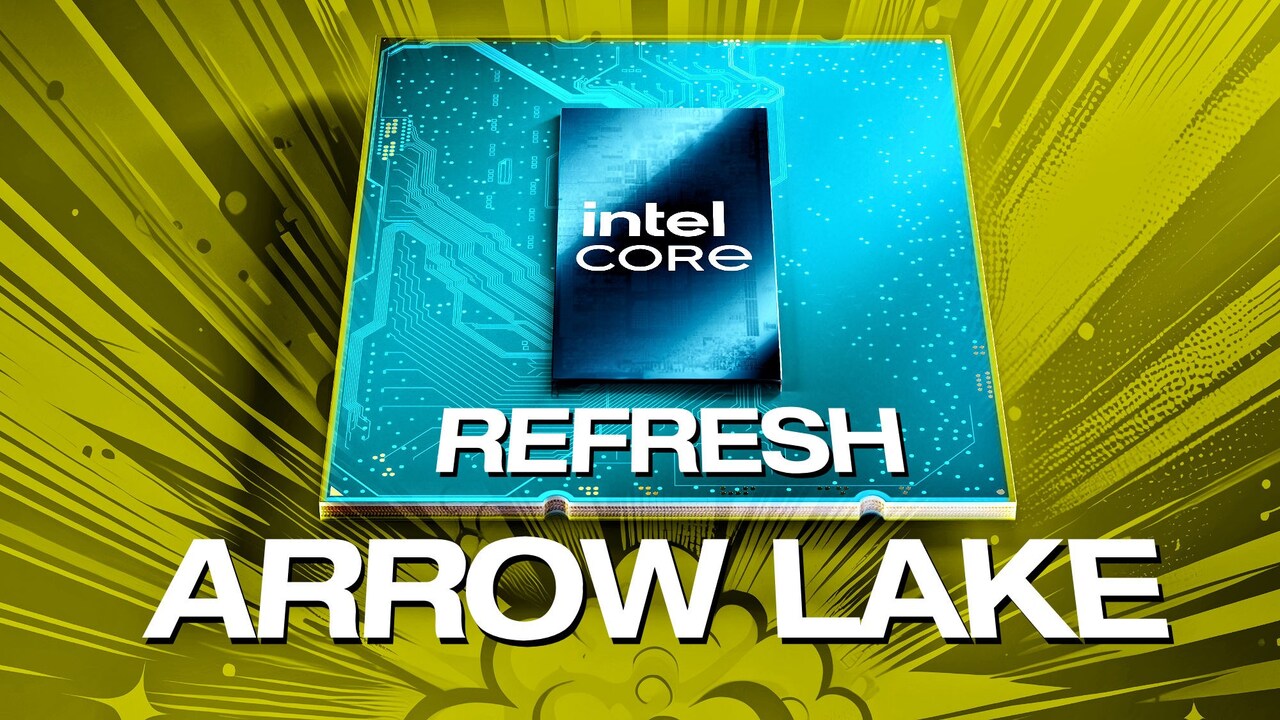Intel is adding a new link to the transition period in the desktop processor market. The company plans to introduce the updated version of the Arrow Lake series, the Arrow Lake Refresh (ARL-R) series, to users before the end of the year. The series, which was previously rumored to come with only a limited number of K-series processors, has become clear with the new information that it will have a wider product range.
Arrow Lake Refresh series will provide increased performance
Arrow Lake Refresh processors, which are expected to be released in the second half of 2025, will offer a significant increase in clock speed compared to the previous generation Raptor Lake. In addition, Intel has made an update on the hardware side for artificial intelligence-supported operations.

The company is removing the old NPU unit, which was found to be insufficient in performance, and integrating the NPU4 unit instead. This new generation NPU meets the performance limits required to receive Copilot+ PC certification.
This innovation stands out as an important threshold in Intel’s competition with AMD. NPU4, which is expected to strengthen Intel’s hand against AMD’s Ryzen AI-supported processors, will offer more efficient results, especially in local AI operations. Intel aims to strengthen its position in the AI-supported computer market with this move.
The new processors will continue to use the LGA-1851 socket structure. The Core Ultra 200 (Arrow Lake-S) and Core Ultra 200X (Arrow Lake-S Refresh) models will work under the same socket. However, this structure will be the last desktop platform before switching to LGA-1954.
Intel’s Nova Lake series will be introduced in early 2026 and will come with the LGA-1954 socket structure. This means that Arrow Lake Refresh will be the last major update for the current socket structure.
No increase in the number of cores is expected in the ARL-R series. The main source of the performance increase is higher clock speeds and updated AI hardware. Intel’s strategy is considered as an approach to offer updated performance on existing infrastructure without completely abandoning previous-generation platforms.
With Arrow Lake Refresh taking its place on shelves as the last “1851”-based processors for desktops, Intel is expected to transition to a completely new architecture and socket structure in 2026.
The company’s last step before this transition will also play a critical role in the widespread use of AI-centric desktop experiences with Copilot+ compatibility. So what do you think about this technology? You can share your views with us in the comments section below.













